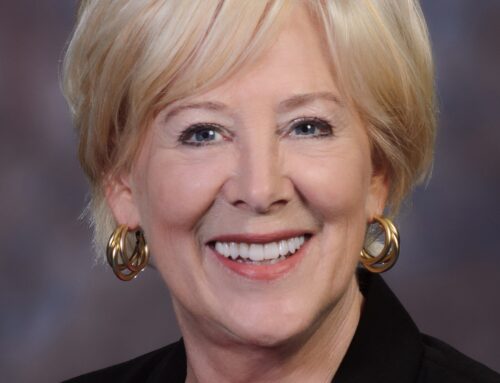Four Things to Know About School Mental Health
Mental health and well-being are essential parts of students’ overall health, impacting their ability to engage both inside and outside of the classroom and their overall success. When educators like you prioritize mental health and safety and provide social and emotional supports that adapt to students’ changing needs, they can better establish the basis for a healthy and thriving school community of students, educators, administrators, and school staff.
Poor nutrition, lack of exercise, excessive screen time, harmful social interactions, and substance abuse can all impact students’ well-being. However, when students feel connected and listened to, and–when needed–are provided with the appropriate supports, it can make a vast difference.
In today’s blog post, I want to offer these four points as a starting place to build a deeper understanding of mental health and how to create healthy environments and supports for all kids.
1. Understand that some individuals are more vulnerable.
Data from the Centers for Disease Control and Prevention (CDC)¹ has shown that teenagers, particularly girls and those who identify as LGBTQ+, are facing more mental health problems. Female students and LGBTQ+ students reported higher rates of persistent feelings of sadness or hopelessness compared to male students. And a significant percentage of high school students have seriously considered suicide in the past year.
2. Focus on both intervention and prevention.
While addressing immediate mental health crises is essential, developing longer-term prevention strategies related to school climate, social-emotional learning, and student-teacher relationships is equally important. Resources and tools are available to help schools focus on both intervention and prevention.
3. Adopt a holistic approach.
Addressing student mental health requires a holistic approach that takes into consideration various factors that impact it, including nutrition, exercise, screen time, social interactions, and substance abuse. A comprehensive approach that combines intervention and prevention strategies, along with proper recognition of when to seek specialized help, is crucial to effectively address students’ mental health needs.
4. Recognize when to hand off.
Teachers should be able to recognize when specialized professional help is needed to manage a mental health crisis. A comprehensive school mental health plan can help schools implement the necessary diagnostics and rapid response systems to effectively hand off to mental health experts when needed.
There is much to learn about mental health, and research continues to play a vital role. While policies and practices have evolved, students, school staff, and their needs have also changed. With that in mind, we must continue to explore and–when necessary–redefine approaches, mindsets, and strategies to provide the supportive, inclusive learning environments our students need and deserve.
In the resource section, you can find a compilation of practical information and research-based resources from partnering organizations and other leading national groups. Find our growing list of resources here.
In the coming months, the Hub will provide a series of blogs from experts, practitioners, and education professionals who will share their expertise and insights. I invite you to sign up to be notified when a new blog post is published.
– Jim Kohlmoos, Senior Fellow, Strategic Field Building, Carnegie Foundation for the Advancement of Teaching
¹LGBTQ+ Youth | Lesbian, Gay, Bisexual, and Transgender Health | CDC




